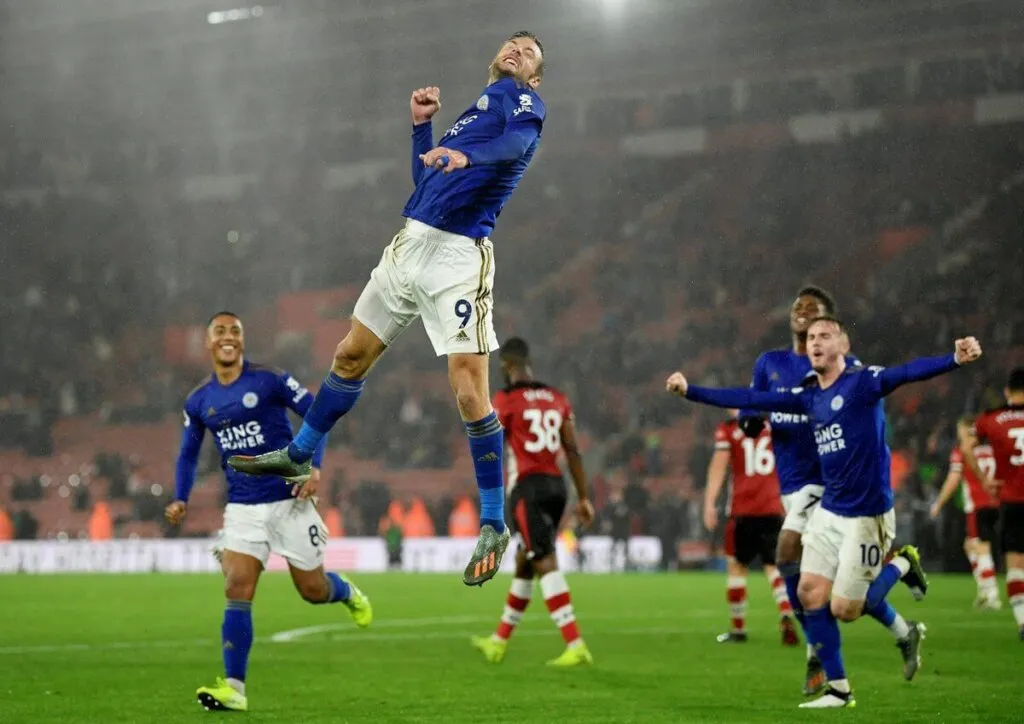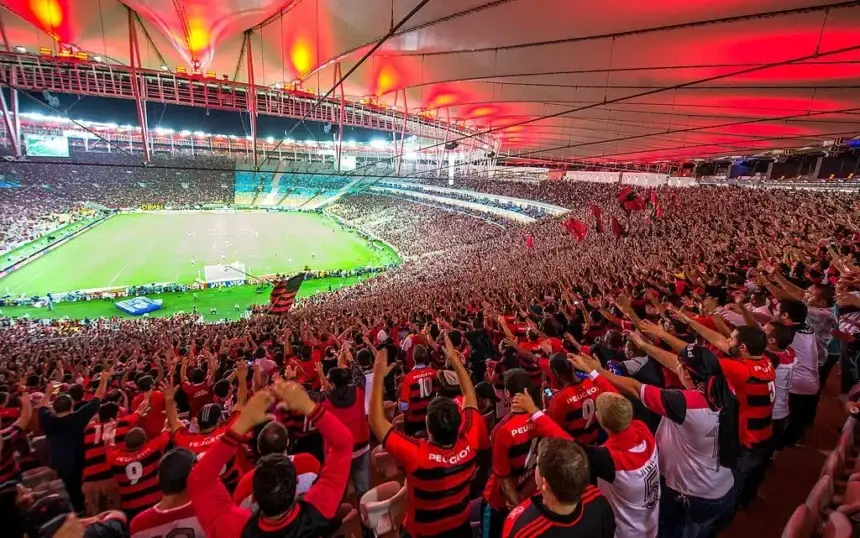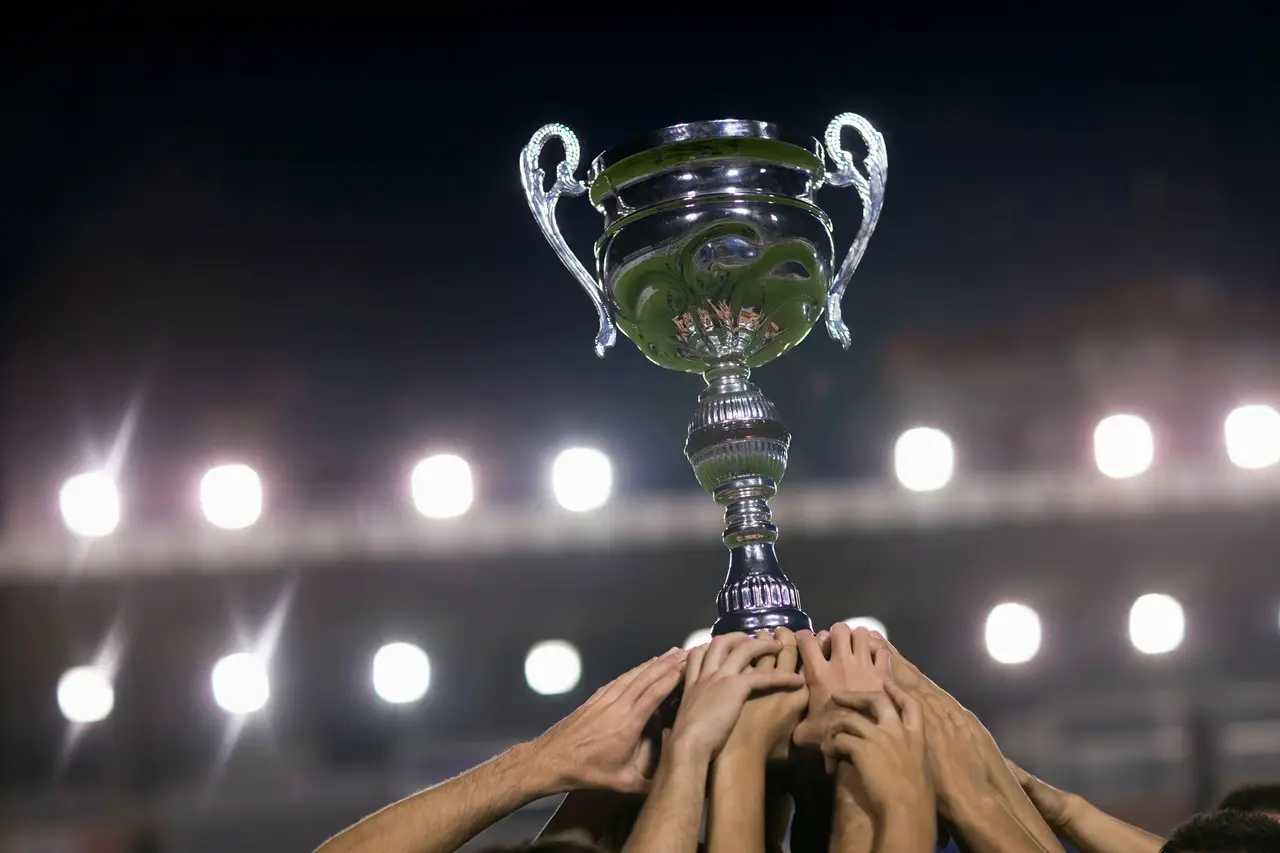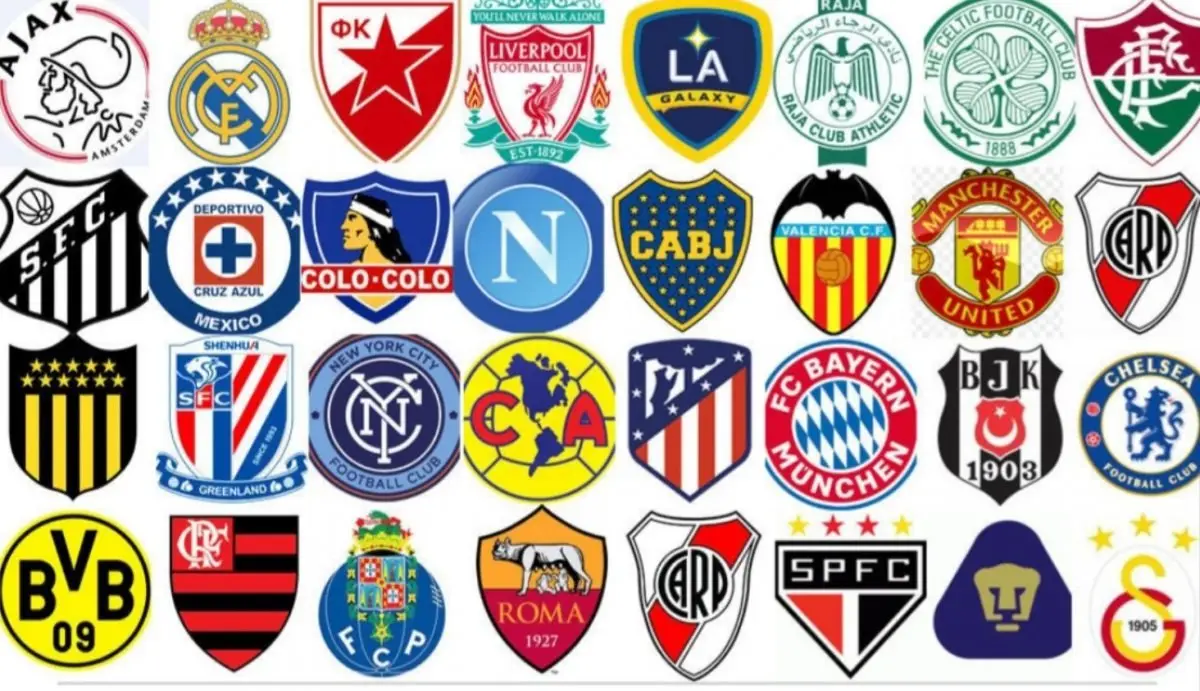Autumn is the main season for fans of the popular ball game. The calendar is full of football events, and each week promises surprises and emotions that are difficult to put into words. Below we will tell you what to expect from autumn 2024. It seems to us that the events promise to be hot and unpredictable.
Football matches of autumn 2024
The greatest attention of fans is attracted by a series of key football matches that determine who will become the main contender for the championship. For example, the confrontation between Barcelona and Real Madrid at Camp Nou promises to go down in history.
Key matches of autumn 2024:
- Barcelona vs. Real Madrid (Camp Nou)
- Liverpool vs. Manchester City (EPL)
- Juventus vs. Inter (Serie A)
Fight for the Premier League championship
The English Premier League has always attracted special attention, and autumn 2024 is no exception. Liverpool and Manchester City are battling for the top spot, with the next match a battle for every point. Important games are also expected with Arsenal, who have been playing confidently this season. Other football events are also attracting additional attention, such as the meeting between Chelsea and Tottenham, where young stars are trying to make a name for themselves.
Football transfers and high-profile moves in autumn 2024

The autumn 2024 transfer window closed with some truly big announcements. The latest transfers have defined a new balance of power on the pitch. Kylian Mbappe’s move to Liverpool was a real sensation, changing the balance of power in the Premier League. Significant changes also took place at Manchester United, where one of the most talented players in Europe, Joao Felix, joined. These transfers promise to increase the intrigue in the fight for titles until the end of the season.
Game-changing players
It wasn’t only Mbappe and Felix who were in the spotlight. Martin Odegaard’s move to Barcelona strengthened the Spanish giants’ attacking potential, and the signing of Romelu Lukaku by Inter has restored the Italian team’s hopes of fighting for the Scudetto. These transfers change the teams’ strategies and make autumn football events even more exciting. The new Bayern squad, strengthened by young talents, also adds intrigue to the Bundesliga, where the fight for the championship promises to be especially tough.
Football events calendar: what to expect until the end of 2024
Football events continue to delight fans in the coming months – the Champions League and the final of the Club World Cup are ahead. The schedule looks busy: club championships, international tournaments and key matches that determine the fate of the season leaders. November will bring many significant matches, including playoff matches in the Europa League and long-awaited games in the Italian Cup. Particular attention should be paid to the decisive games in the Spanish championship, where Barcelona and Atletico are trying to get ahead of each other.
When and what to watch, key dates:
- October. Champions League matches that determine who will continue the fight for the trophy. The intrigue is especially high among clubs from France and Germany;
- November. Playoff matches of the Europa League, the Italian Cup, as well as important matches in the Premier League that affect the ranking of the teams;
- December. The final of the Club World Cup, which will bring together the best representatives of all continents. The fight for the title of the best club in the world will unfold in a fierce atmosphere.
Hot cup battles: football tournaments that will determine the best
The autumn of 2024 is full of tournaments where every goal decides the fate of the teams. Among them, the Champions League stands out, in which teams strive to reach the final, as well as national cups – an arena for future sensations. Particularly noteworthy is the fight in the FA Cup, where the favorites do not always turn out to be winners. These tournaments will provide an opportunity to see new stars and unexpected leaders who can change the course of football history. Do not forget about the German Cup, where young players strive to prove themselves to coaches and fans.
Useful list for fans:
- Download a match tracking app: always stay up to date with all the football events.
- Subscribe to sports news: important transfers and changes in the squads will not pass by.
- Plan your weekend with the main matches in mind: know in advance which games you cannot miss.
- Visit fan clubs and take part in discussions: this will help you feel the atmosphere and share emotions with other fans.
- Stock up on the paraphernalia of your favorite team: flags, scarves and T-shirts will always add to the atmosphere while watching the matches.
The unpredictability of national cups
National cups often become a place where weak teams can challenge the favorites. The French Cup, German Cup and other prestigious competitions this autumn will attract attention due to the possible unexpected outcomes. The fight for each cup is not only a game for the result, but also a show for millions of fans. Unexpected victories of underdogs add drama to each tournament, raising the level of football spectacle to a new level.
The most anticipated football matches of this autumn
 The coming weeks are packed with key matches that fans have been waiting for all year. These soccer events will determine the balance of power in the national arenas and can have a significant impact on the outcome of the championship.
The coming weeks are packed with key matches that fans have been waiting for all year. These soccer events will determine the balance of power in the national arenas and can have a significant impact on the outcome of the championship.
Don’t miss the key matches of the fall:
- “Juventus vs Inter – an Italian derby with a long history.
- Liverpool vs Manchester City – a battle for the top of the table in the APL.
- “Paris Saint-Germain vs Marseille – a principled confrontation in France, which is always full of passion.
- “Barcelona vs Atletico – a game that could decide the fate of the championship in Spain.
The fall of 2024 will be remembered for the saturation of soccer events that continue to delight every week. Champions League, national tournaments and high-profile transfers – each of them brings something new and colorful to the sporting world. The end of the year promises even more emotions and unexpected outcomes, making this season truly unforgettable. Expectations for next year are only increasing, as new transfers and changed squads promise even more intense and unforgettable matches.
 en
en  ru
ru  de
de  ar
ar  es
es  nl
nl  hi
hi  fr
fr  it
it  pt
pt  el
el 


